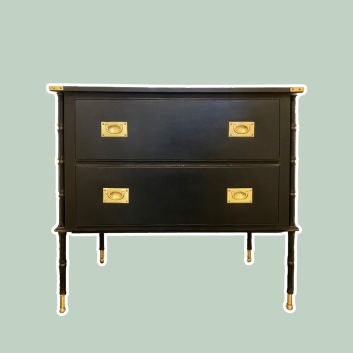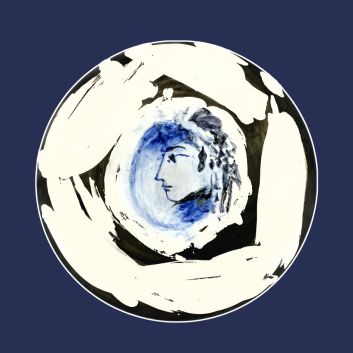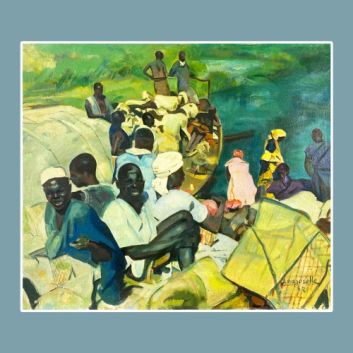Rating and value of Amedeo Modigliani's works
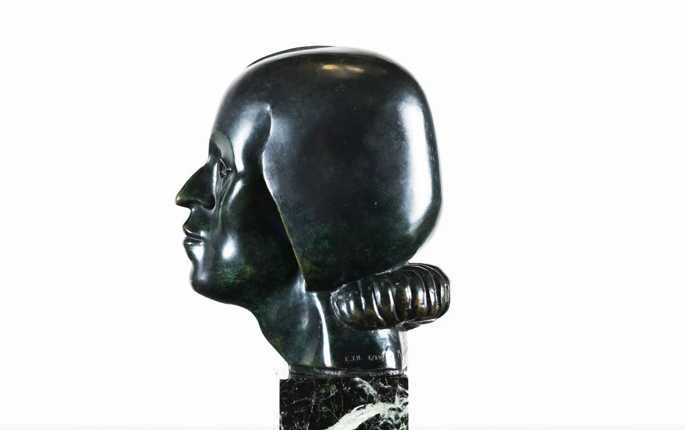
Painter, draughtsman, sculptor... Modigliani is a major figurative artist of the 20th century, Amedeo Modigliani (1884-1920) is a leading representative of the School of Paris. His work is highly prized by collectors the world over, and his market value continues to rise.
If you own a work by or based on the artist Modigliani and would like to know its value, our state-approved experts and auctioneers will be happy to advise you. Our specialists will carry out a free appraisal of your work, and provide you with a precise estimate of its value on the current market. Then, if you wish to sell your work of art, we will guide you towards the best possible means of obtaining the best possible price.
Artist's rating and value
Although little recognized in his lifetime, Modigliani is now acclaimed for his genius, and has established himself as a sure bet on the art market. Despite his varied artistic output, his drawings command the highest price among collectors, and can sell for over €1 million, as evidenced by his pencil on paper Tête de Cariatide , which sold for €1,139,840 at Christie's in 2016.
Order of value from a work "after" Modigliani to an "authentic" work by Modigliani
Technical | Estimate |
|---|---|
Drawing | From €2,000 to €1,139,840 |
From €200 to €6,000 | |
Sculpture (marble, bronze, stone) | From €7,000 to €50,437,800 |
Oil painting | From €24,000 to €141,572,800 |
Response in less than 24h
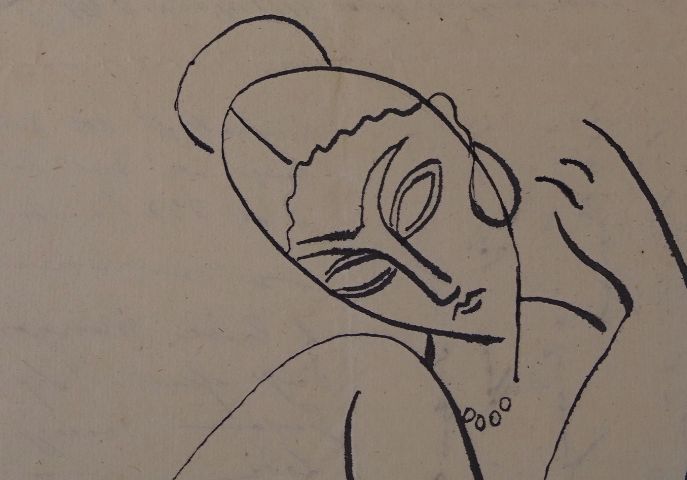
Modigliani, one of the most highly regarded artists of the École de Paris
Of Italian origin, Modigliani was born in Livorno in 1884.
He showed a hot-tempered temper from an early age, and was a pampered child, especially by his mother, who was ill from infancy. She raised him alone with his two sisters in Sardinia.
Myth and sources from the family's various diaries indicate that Modigliani discovered his vocation when he was in the throes of a psychic delirium after contracting typhoid fever.
He began by drawing portraits, a genre that was to play a major role in his work, both in painting and sculpture. By the age of thirteen, he was already taking drawing lessons, supported by his mother. Not considering himself suited to school, he decided to enter the Beaux-Arts academy a year later, a decision that greatly displeased the rest of his family.
At the time, he was the youngest student at the Beaux-Arts and trained alongside a landscape painter who eschewed academicism in favor of a more realistic approach, favoring color over drawing. He also met Gino Romiti, who taught him the art of the nude.
Despite his highly avant-garde style, he was greatly influenced by Gothic, Renaissance and Pre-Raphaelist painters. He was then fascinated by Naples and Pompeii, which led him in the direction of sculpture thanks to the discovery of archaizing sculptures at these sites.
From 1902, he attended the Free School of the Nude in Florence, then the School of Fine Arts in Venice. He led a rather decadent life, however, preferring to work in cafés and brothels.
He spends time with Manuel Ortiz de Zarate, who introduces him to Impressionism and the caricatures of Toulouse-Lautrecprobably speeding up his arrival in Paris.
From 1906 onwards, he attended the Colarossi academy in Paris and spent lavishly, quickly running through his savings. He moved constantly and was regularly evicted from the apartments he occupied. Exuberant and an alcoholic, he regularly provoked incidents: starting fires, being taken into police custody on a regular basis, his life was far from calm and stable.
Gradually, trapped by his addictions, he could no longer create and paint without drinking or taking narcotics. Many believe that they stimulated his creative impulses and helped him to unfold his genius. However, despite his financial difficulties, he retained his legendary charisma and generosity.
He invented " drinking drawings ", frequenting cafés, especially those in Montparnasse, where he portrayed people in exchange for a drink or money. It was also there that he met and befriended many avant-gardists: Cocteau, Kisling, Foujita, Survagevan Dongen, Braque ...
Modigliani knew many of the artists of his time and painted realistic portraits of many of them. He did not anticipate Post-Impressionism, and his creative process was disrupted by it. He questioned himself and moved closer to Cubism, influenced in particular by Braque. In this way, he worked to synthesize all the influences that had influenced his art.
He managed to get himself exhibited in a few galleries and organized a solo show in 1917 at the Galerie Berthe Weil. Fleeing the end of the war, he went to work in Provence with Soutine, Zborowski (his dealer and supporter), Foujita and Jeanne Hébuterne, his companion.
Returning to Paris in 1919, he began to enjoy success with the public, but much less so with his declining health. He continued to paint until the end, refusing treatment and dying in hospital at the age of 35.
Find out more about the life of Modigliani and Jeanne Hébuterne

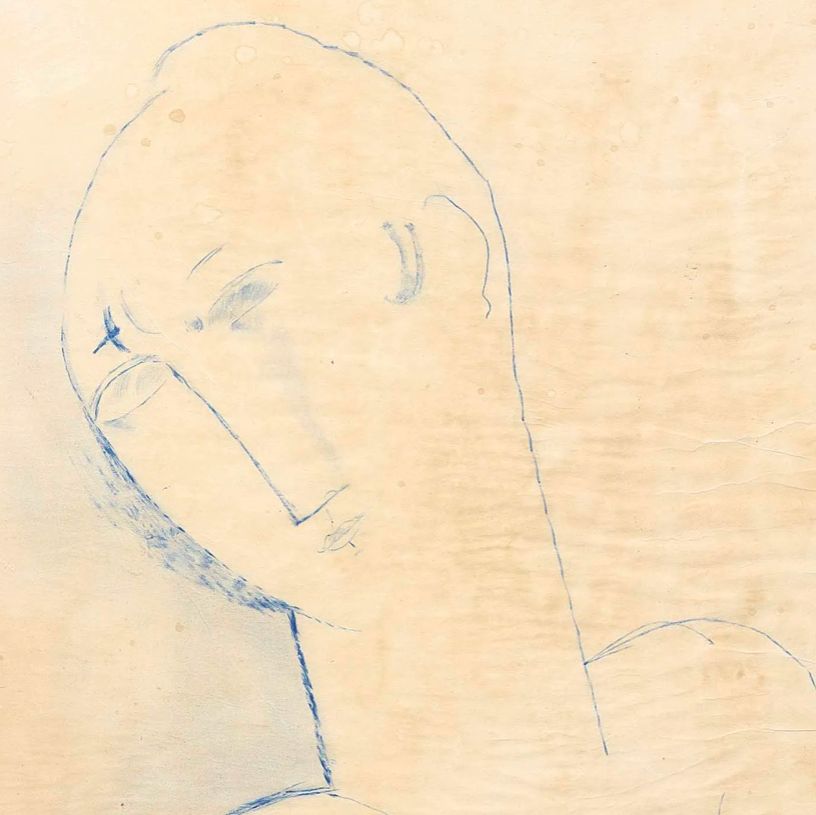
Focus on Red Head, 1915
Modigliani was not part of any particular movement, but rather a synthesis of different currents and influences. Although intellectually close to the Cubists, he followed in Cézanne's footsteps, particularly in his drawing technique.
Portraiture, whether sculpture or painting, was very important to Modigliani. He devoted much of his life to it. In Tête Rouge, the artist combines this Cubist influence with a more primitive one, reminiscent of African masks, particularly those from Gabon.
Sometimes tortured and prone to fits of anger, the painter conveys a certain malaise through his use of deep black and blood-red. Modigliani's portrait is falsely off-axis, proving that he thought through every square centimeter of his composition, which seems fractured around the red head.
He painted this picture five years before his death, probably his happiest period. Less poor, under Zborowski's protection, he had complete freedom to create, even if he was totally imprisoned by his addictions. Paradoxically, however, he cannot paint or sculpt without them. This portrait seems to cry out his imprisonment, the autonomy he is forced to assume, his cracks and his darkness.
The success of Modigliani's works on the auction market
Whether sculpture, drawing or painting, Modigliani's works are highly prized on the auction market.
His work is highly regarded by collectors and private individuals alike, who are prepared to bid unprecedented sums in the hope of owning one of his works. Although he officially belonged to no particular movement, his unique, extravagant personality set him apart from the other artists of his time.
His story and the various obstacles he encountered in his career have contributed to making him a myth, and to giving his works a singular aura.
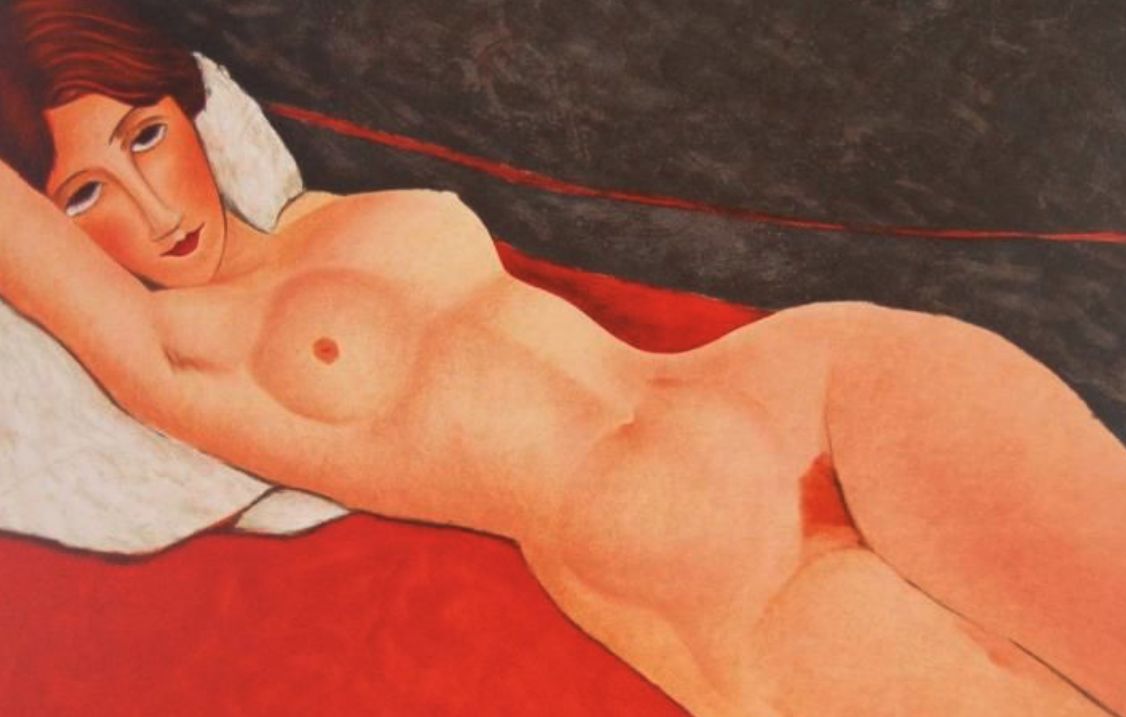
The artist's works and style
First a painter, then a sculptor and finally a draughtsman, Modigliani's works are varied.
Modigliani's paintings are common in museums but rare in auction rooms. His characteristic portraits, with stretched faces and livid eyes, are highly sought-after, fetching tens of thousands of euros at auction for drawings, and tens of millions for oil on canvas.
As rare as his paintings, Modigliani's sculptures are highly prized. The artist worked in many techniques, including bronze, marble, stone and copper.
His bronze works remain the most common, and may exist in several copies. Sculptures in stone, whether sandstone, marble or other materials, are considered rare and exceptional, and their price can easily exceed the million euro mark.
The artist's signature
Not all Modigliani's works are signed.
Although there are variations, here's a first example of his signature:
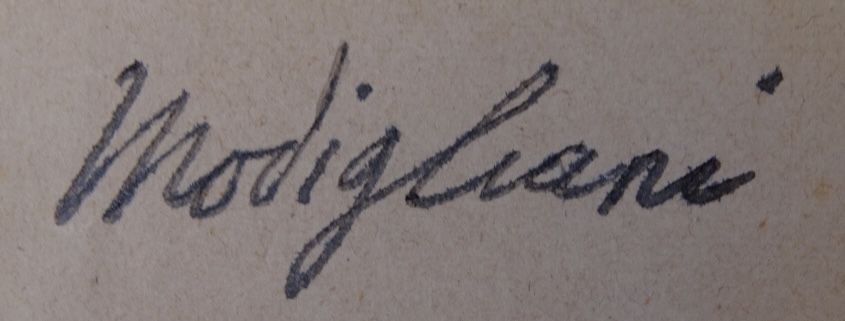
Appraising your property
If you own a work by Modigliani, don't hesitate to request a free appraisal by filling out our online form. A member of our team of experts and certified auctioneers will contact you to provide an estimate of the market value of your work by or after Modigliani.
If you're thinking of selling your piece of art, our specialists will also guide you through the various alternatives available to get the best possible price for your work, taking into account market trends and the specific features of each object.
Response in less than 24h
Related topics
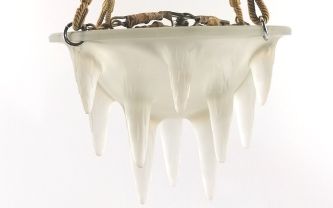
Rating and value of artworks, vases, lights, bottles and bi...
René Lalique, a talented and versatile 20th-century artist, produced many works for his home and others outside it. Estimated in 24h.
Read more >
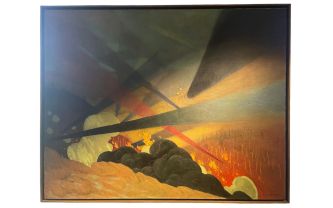
Rating and value of works, drawings, engravings, paintings by...
Félix Vallotton was a Nabi painter of the early 20th century who produced many works. His works are highly valued at auction.
Read more >
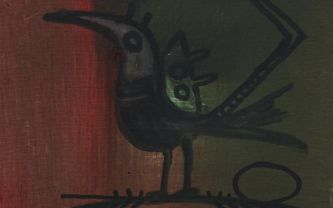
2024 quotation and value of paintings, drawings, sculptures by Wif...
Wifredo Lam is a Cuban surrealist artist whose works are highly valued on the auction market. Estimated in 24h.
Read more >
Secure site, anonymity preserved
State-approved auctioneer and expert
Free, certified estimates


